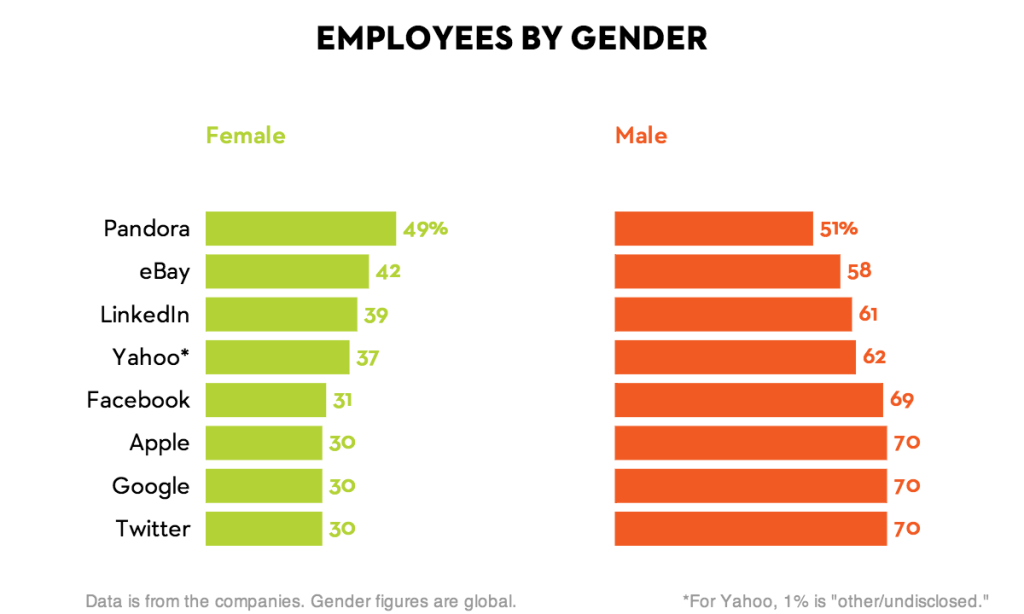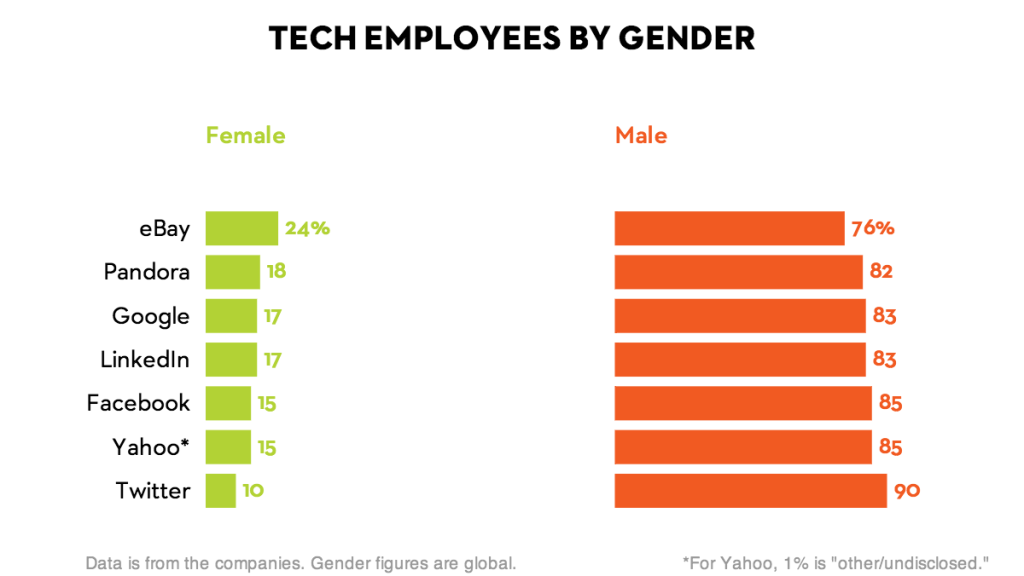Girls Are Just Better at Reading: Debunking the Stereotype
“Boys are good at math; girls are just better at reading.” You’ve most likely heard someone say this, or even said it yourself. A common stereotype in our society is that each gender is more apt towards certain skill sets. This is a consistent stereotype; it begins in elementary school and continues throughout life, and the repercussions are probably affecting you more than you know.
The reason I call this a stereotype is because there is very little scientific proof to back up the belief that boys are better at math, or girls at reading. According to research, boys and girls show almost no difference in math aptitude before the age of seven, when children are just starting to interact with teachers. A study by the University of Chicago shows that female teachers can also play a huge role in fostering young girls’ math skills. In their study, they explained that when elementary teachers (roughly 75 percent female) show apprehension toward math, it passes along to female students, and affects their math scores by the end of the year. Research also shows that gender skills vary internationally. In half of OECD countries, there is no big distinction between the sexes. In Iceland, girls actually significantly outperform boys in math.
The Biggest Issue
The worst part about the gendered skill set is that it predetermines career options. Yale reports that women are still underrepresented in majors like engineering, physics and mathematics, and notes that these areas have seen very little growth compared to their numbers from the 1970s. Subjects such as English, psychology, and history have a far more limited job market than technology and the sciences, and typically pay less. Jobs like teaching and administrative work (which are overwhelming female) are perceived as having less value in our modern society, and thus pay less. Women do not necessarily consciously choose these jobs; they are persuaded from elementary school that they want them–that they are better at them. This has had a ripple effect. Females are less inclined to go into STEM majors in college, under the connotation that they’d be better at the humanities. Since there are fewer female graduates in these fields, STEM executives (some of the highest paying employers) are less likely to hire women, and the gender-pay gap continues. Earlier this year, Google released their workforce numbers, stating, “it was time to be candid about the issues.” After their release, several other large Silicon Valley companies followed. The New Yorker compiled this data and the results show a lot:
As you can see, Pandora has the most gender-balanced workforce, with eBay coming in second. Some of the biggest industry names(Google, Apple, Twitter) are only 30 percent women. These numbers grow even more dismal when you filter them for only companies’ technology employees.
How to Fix This
Hadi Partovi, a Silicon Valley entrepreneur and founder of Code.org (a site dedicated to expanding computer science to young girls), gave his own advice on how to fix this gender-biased workforce: introduce girls to these majors earlier in their schooling. Partovi highlights the lack of women in STEM majors as one of the biggest issues for the male-dominated Silicon Valley. “If you have a really un-diverse student population, it’s hard to make an even more diverse workforce.” Partovi’s mission is to get to girls before the stereotypes can affect their skills. This is a great tactic for the computer science field, for which classes typically start in high school. For math, it is not enough to get to girls before the stereotype; we must work harder to stop that altogether.
The Benefit
More women in STEM fields will lead to a better overall economy. Women have these skills, and when you exclude them, you exclude a huge amount of talent. Economist has made the argument that roughly 20 percent of our national productivity has stemmed from people going in to professions they were previously restricted from due to gender and race. Companies with more diverse employees make better decisions than ones where everyone comes from the same background. Keeping women in high-tier jobs is essential for personal and economic success.
For Millennials still in school, I urge you to look into these programs and consider them as a potential career path. Support women in these programs on your campus, in any way you can. For those who have already decided on their degrees, or have already graduated, do more to actively promote STEM subjects to the women in your lives, younger or older. Your influence can help equalize the workforce in the future. We do a disservice to girls and to a diverse workforce when we say, “boys are better at math.”
Additional resources on the issue:
Grey Matter and the Sexes – The New York Times
Gender Gap in Majors Persist – Yale News
Workforce Demographics – Google
Anybody Can Learn Code – Code.org








